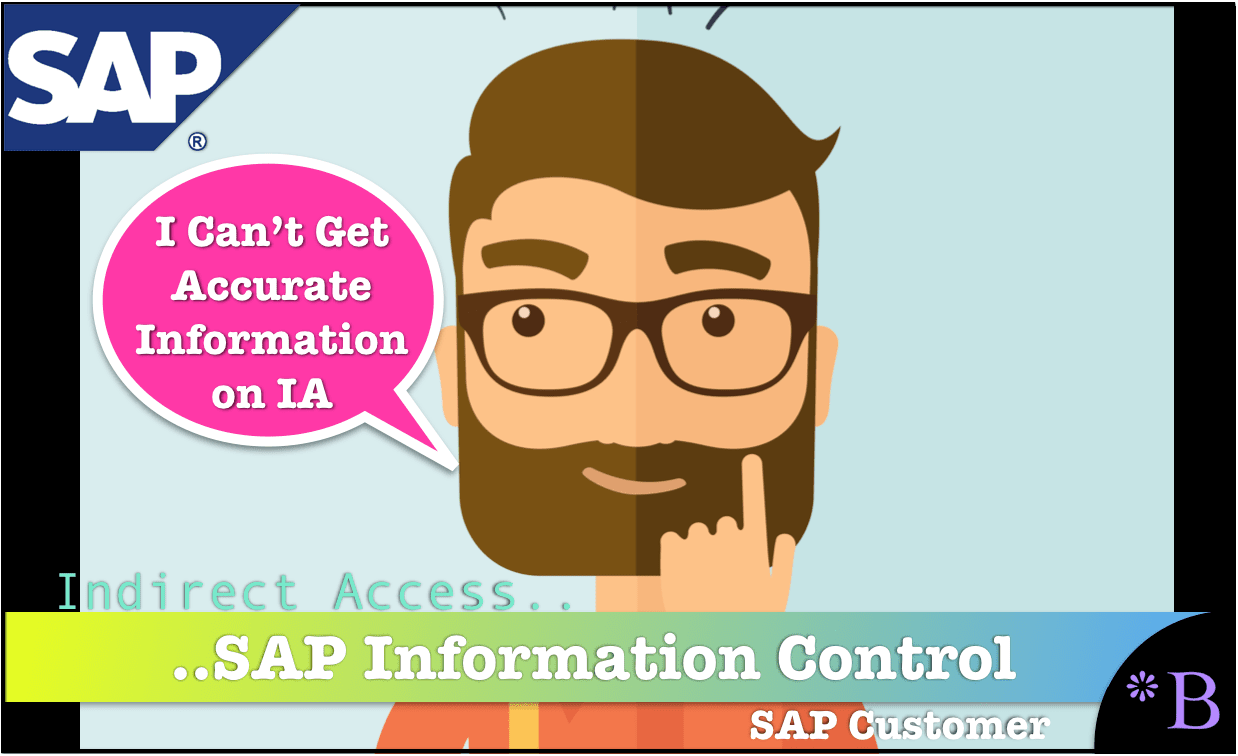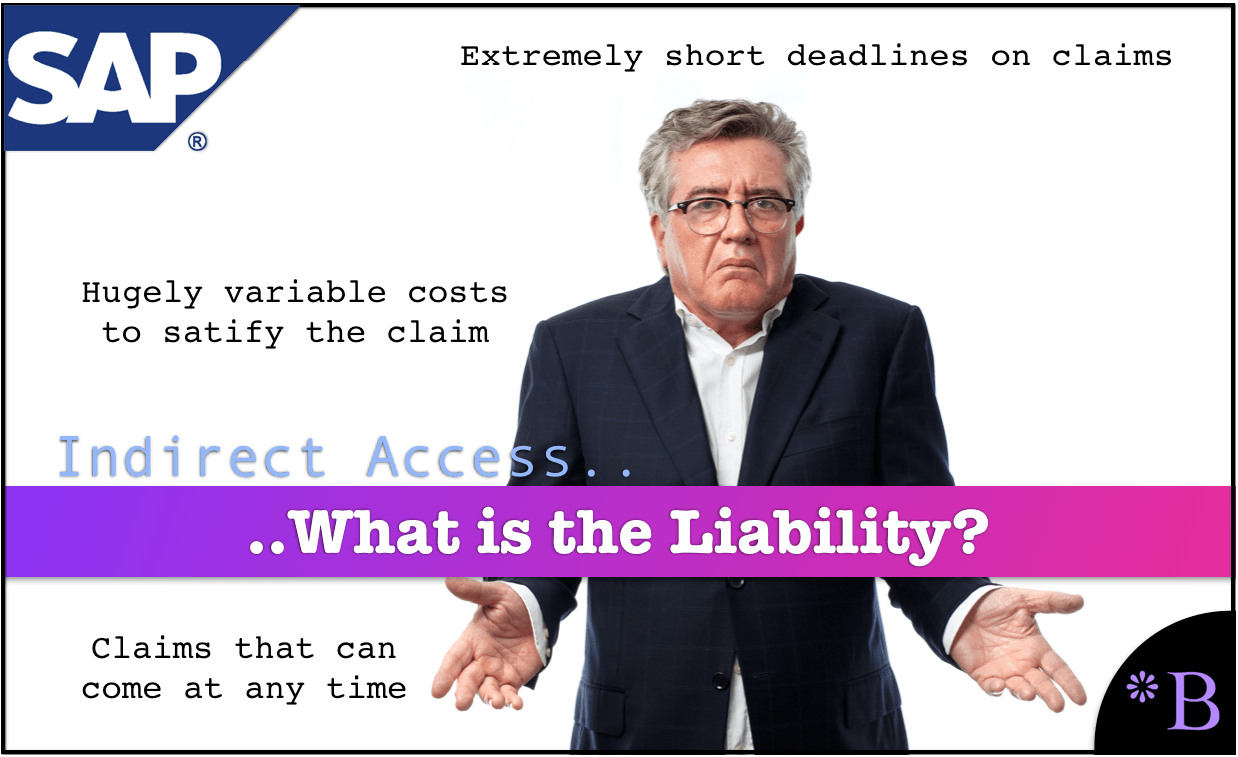Are SAP Customers Actually Under Licensed After Indirect Access?
Executive Summary
- SAP has introduced the term “under licensed” to try to describe situations where companies have not paid indirect access fees.
- We evaluate how accurate this term is.

Video Introduction: Are SAP Customers Actually Under Licensed After Indirect Access?
Text Introduction (Skip if You Watched the Video)
SAP has written a great deal about customers that are “under licensed” concerning indirect access. We cover a quotation from their announcement at SAPPHIRE on indirect access. While SAP constantly talks about under licensing, they do not spend much time discussing over licensing, even though SAP customers often have licenses they are not using. This illustrates where SAP’s bias is located and brings up the problems in listening to SAP on the topic of licensing. You will learn how SAP uses deceptive language to try to push the case for indirect access.
Our References for This Article
If you want to see our references for this article and other related Brightwork articles, see this link.
Notice of Lack of Financial Bias: We have no financial ties to SAP or any other entity mentioned in this article.
What SAP Has to Say
“If you’re fully licensed, there’s no action for you. However, if you’re questioning whether you are under-licensed, let’s talk about it. We want customers to proactively engage us on this topic. SAP assures customers who proactively engage with SAP to resolve such under-licensing of SAP software that we will not collect back maintenance payments for such under-licensing. We will look at your specific circumstances when resetting your licensing agreement, including providing you the opportunity to receive credit for certain products you may have already licensed so you can update to the new metrics.”
SAP loves to pitch the narrative of being under licensed. A full analysis of this announcement can be found in the article An Analysis of SAP’s Faux Policy Change on Indirect Access.
Being Overlicenced
SAP will never speak about customers that are over licensed. However, being over licensed is quite common. There are several reasons for this. Users are created, but then sometimes abandoned. People leave the company, but their users are still in the system. Consultants come and go.
In fact, in most instances, over licensing is more common than under licensing. SAP will not give back money to a company, so being over licensed means having a “bank” of unused licenses that can be used in the future.
Being Overlicensed and Indirect Access
Over the past four years, SAP has dramatically ramped up the concept of Type 2 indirect access. SAP has been promoting customers to reach out to them, as is shown in the following quotation also from their SAPPHIRE announcement.
“However, if you’re questioning whether you are under- licensed, let’s talk about it. We want customers to proactively engage us on this topic. SAP assures customers who proactively engage with SAP to resolve such under-licensing of SAP software that we will not collect back maintenance payments for such under-licensing.”
Once again, SAP uses the term under license. SAP wants customers to engage us proactively, and to share information with them so that SAP can place an indirect access charge upon them. One may not have to pay back maintenance, but they will be paying forward maintenance, of course.
What SAP does not address, and will not address is whether a SAM software analysis by an independent entity would show that the customer is over-licensed and if that over-licensing would cover even the faux or Type 2 indirect access that SAP has become known for. SAP has no interest in any customer purchasing SAM software. Instead, they want to present their interpretation of how “under licensed” their customers are, without independent verification.
Conclusion
Companies should never accept SAP’s self-serving analysis of their licensing state. Companies should not merely take the assumption regarding Type 2 indirect access. However, even if SAP does bring an indirect access claim against a company, the company may be able to cover that claim (if it intends not to fight the claim through other means) with the licenses that it already owns. But the only way to know for sure is to have the information in hand that can only come from using SAM software and performing the analysis.

The Problem: Secrecy Around Indirect Access
Oracle, SAP, and their consulting partners, ASUG, as well as the IT media entities all, have something in common. They don’t want indirect access understood. Media outlets like Diginomica are paid to distribute PR releases as articles, as we covered in the article SAP’s Recycled Indirect Access Damage Control for 2018. The intent is to lower SAP customers’ concern around indirect access so that indirect access is underestimated, as we covered in the article The Danger in Underestimating SAP Indirect Access.

The primary providers of information in the SAP space are all financially linked to SAP. SAP does not want indirect access understood, and so these entities do as they are told by SAP.